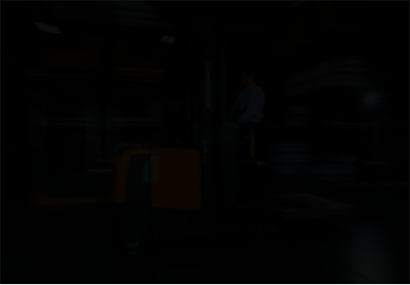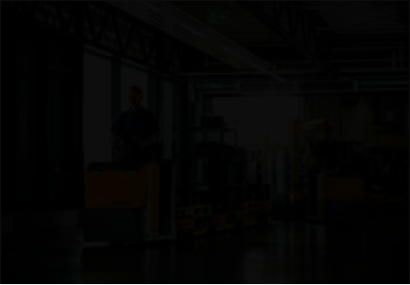- Home
- Forklift & Warehouse Equipment
- Forklift Measurements
Forklift Measurements
Before you operate a forklift, you should be aware of the crucial measurements that determine if you can perform a task safely. So whether you have a Kalmar, Manitou, or CAT forklift, it's important to know the measurements of the mast and forks, and how those measurements affect your operation.
First, some of the potential hazards that all forklift operators should know of:
- Striking racks, semi-trailers, and truck ceilings
- Striking lamps, ceiling fixtures, and heaters
- Falling objects
- Any other situational hazard
Next, you should be aware of the dynamic ranges of your vehicle and determine whether your forklift can safely operate in the provided space. To determine this, you must know a few measurements such as Overall Lowered Height (OALH), Overall Raised Height (OARH), Free Fork Height (FFH), and Maximum Fork Height (MFH). With this knowledge, you are able to safely determine if the forklift can get the job done and if any other steps are necessary. In the next section, we will discuss what each measurement means and any other potential hazards we are looking for.
Overall Lowered Height
Potential Hazards include: Overhead obstructions including doorways and ceiling fixtures.
Overall Lowered Height (OALH) takes into consideration any doorways, low-hanging fixtures, or low ceilings that an operator may encounter. Each operator should be aware of the height of the mast when it is lowered and how this may impact operations. You may also have to take into consideration what will happen when the forklift is inside of a truck and has to raise the forks to retrieve double-stacked pallets.
Overall Raised Height
Potential Hazards include: Roof of semi-trailer or truck, ceilings, overhead fixtures including lights and heaters.
Overall Raised Height (OARH) is the maximum extended mast height with the forks at their highest point and the clearance required with such an extension. Similar to OALH, we are concerned with any obstacles that could impede operations. This includes any overhead obstructions that could be within striking distance. When dealing with the OARH it is recommended to never travel with the load elevated or exceed the stated capacity at the highest stack heights.

Free Fork Height
Potential Hazards: Striking racking or pallets. Striking the roof of a tractor-trailer or truck.
Free Fork Height (FFH) is the height that your forks can reach without extending the mast. You can determine this height by determining the fork height required to load and clear the top pallet from a double stack while also within the confines of the truck or semi-trailer you are dealing with.
Maximum Fork Height
Potential Hazards: Striking racking or pallets, collision, falling objects.
Maximum Fork Height (MFH) is, you guessed it, the height of your highest pallet position. While this can seem obvious it is still crucial to take an accurate measurement. If any variables are changed you could potentially be in a dangerous operation. You should always know the maximum height your forks can reach with the mast extended. Next, evaluate whether your forklift can lift the load to the highest stack with enough clearance for a safe operation.
Summary
Knowing the necessary measurements is critical to any operation. While this information may be repetitive to those of us with experience in the industry, it is critical to remember to double-check every variable when a new change is introduced. Interested in learning more?









